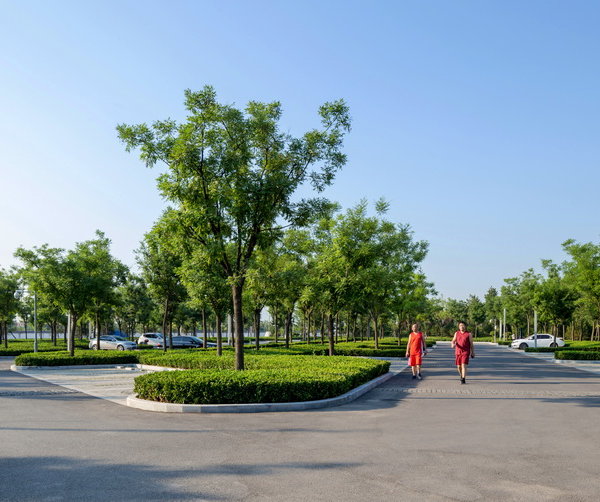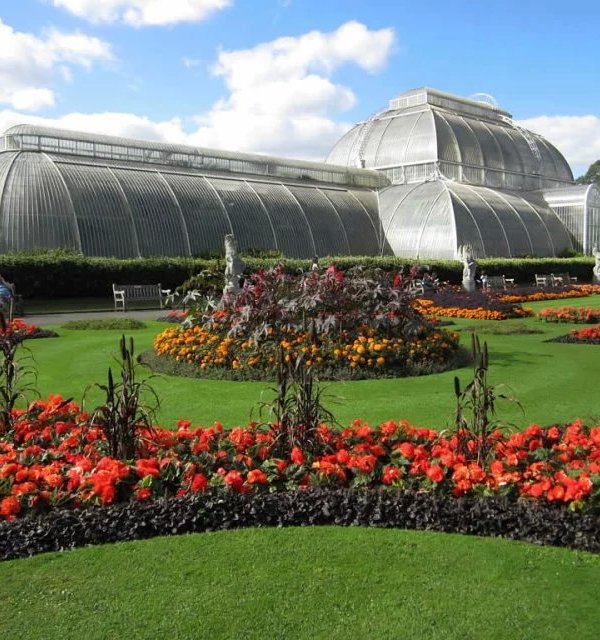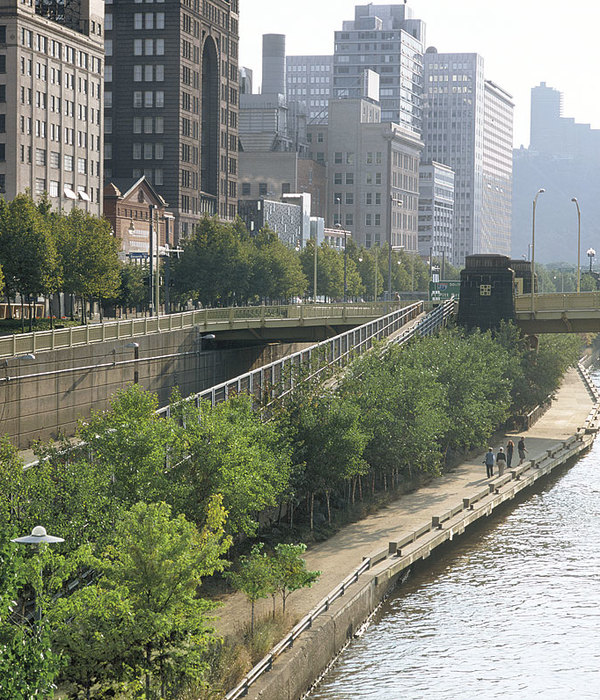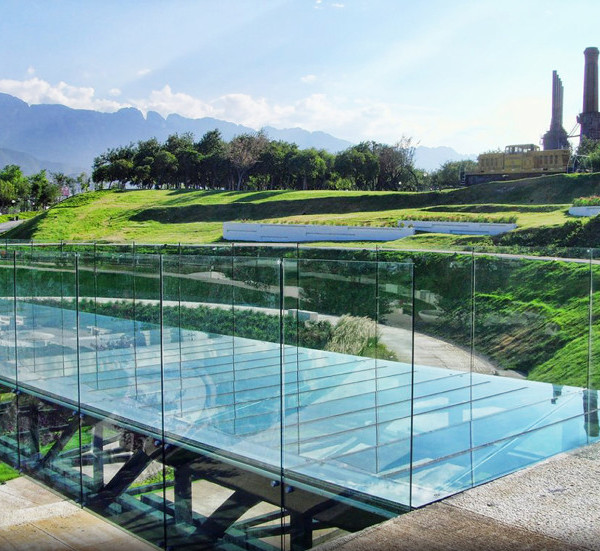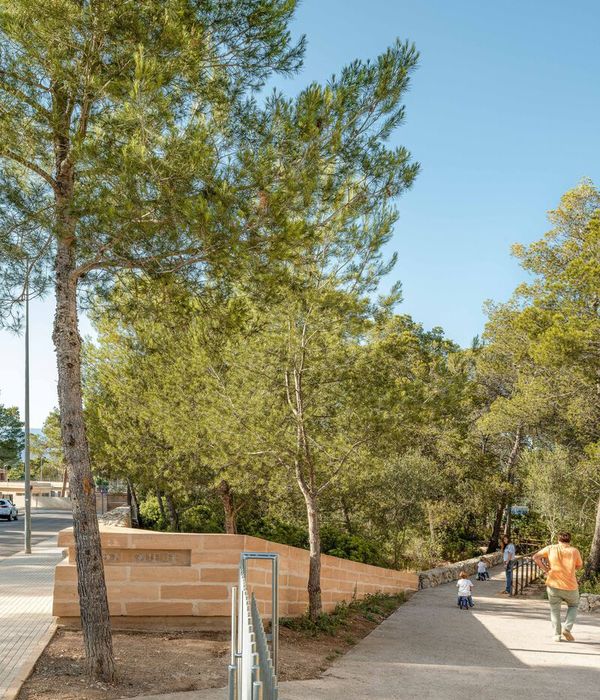香港谭公庙街道文化广场 | 传统与现代的融合
改变与传承 | Transfiguring Tradition
东区位于天后宫和谭公庙附近,曾是一个传统文化丰富的渔村。天后娘娘保护着当地人免受的海潮的袭击,而谭公则保佑本地居民免受流行疾病的影响。尽管该地区的城市化开发十分迅速,但丰富多彩的文化活动仍在蓬勃发生。每逢谭公诞辰,东区居委会以组织谭公像巡游、舞龙舞狮、粤剧表演来庆祝节日,而毗邻寺庙谭公庙的文化广场,正是举办各类戏剧、文化活动的理想场地。
▼项目概览,overview
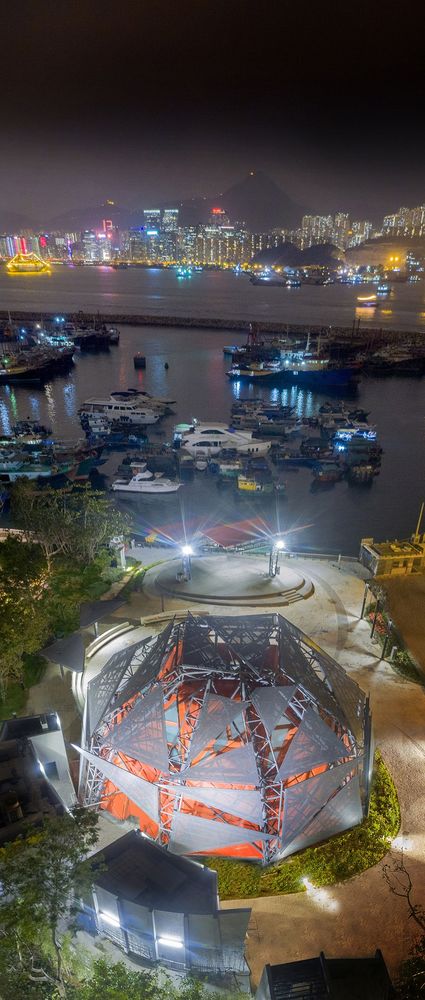
Set within the proximity of the Tin Hau and Tam Kung local temples, the Eastern District was once a fishing village rich in traditional culture. The Goddess Tin Hau, the deity of the temple, protects the locals against the raging sea, and the counterpart deity Tam Kung would protect the locals from the epidemics. Despite the rapid urbanization in the district, the colourful culture continues to thrive. On the birthday of the deity, the locals celebrate the thanksgiving occasion with colourful parades, dragon dances, lion dances and the performance of traditional operas. Located adjacent to the Temples, the District Cultural Square provides a perfect venue for these theatrical/ cultural events.
▼装置外观,exterior view
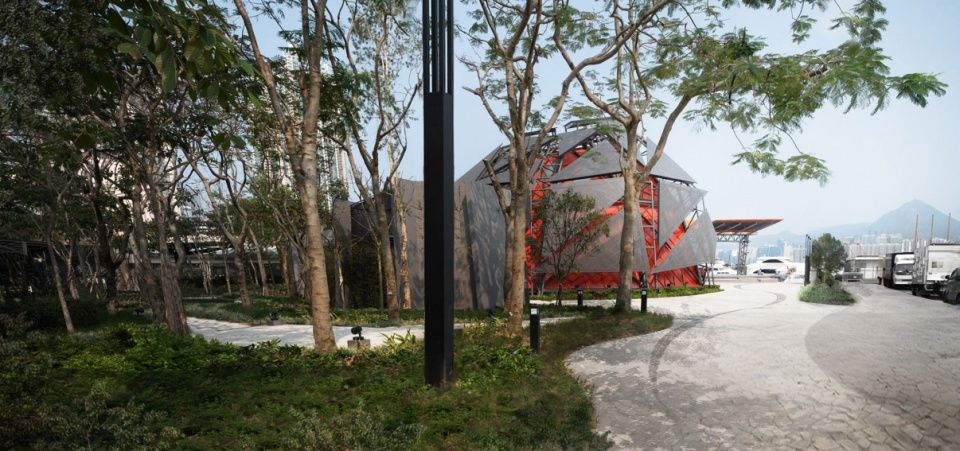
戏剧文化与传统 | The Theatre Culture and the Continuity
主舞台的设计以模仿粤剧传统头饰为主要概念,花旦的头饰乃是传统戏剧的象征,反映出当地人对传统文化的依恋。舞台以当代材料制作的寓意吉祥的龙鳍为外层元素,主色调采用象征如意的朱砂红和头饰的青砖灰,突显本地特色元素。传统文化的继承与延续反映了本地文化的活力,更与广场的活动相得益彰。
The headdress of the actress, symbolizes the cultural emblem of the collective subconscious of the locals. The design of the main stage mimics the form of the headdress as the key component of the local opera. The form further elaborates with the Chinese traditional auspicious symbols, the fins of dragon with contemporary materials. The colour of the stage reciprocates the Chinese red (Zhusa, the colour of fortune) and grey colour of the headdress, embodying the crowning elements of the icon. The continuity of the tradition, reflects the vitality of the local culture, is in sync with the dynamics nature of the activities taking place in the Cultural Square.
▼主舞台设计以模仿粤剧传统头饰为主要概念,the design of the main stage mimics the form of the headdress as the key component of the local opera

技术与手段 | Effectiveness through Technology
该方案的主要挑战是在高密度的城市环境中设计一处的舞台装置。舞台的球形结构有四分之一面向海港敞开,同时最大程度地减少了50米开外的噪音敏感区所受到的干扰。利用BIM技术对声音进行模拟,以确定最佳视觉效果和声学设计方案。舞台内的隔音覆层可作为隔音防护,标准化组件的使用降低了施工难度,从而节约了建造时间和成本。
The major challenge is to design an effective stage shelter in a dense urbanization context. The quadrant sphere shape structure with opening facing the harbor captivates the harbor view while minimizes nuisance to the Noise Sensitive Receivers nearest at 50m away. Building Information Modelling (BIM) is used to run sound simulations to ascertain the optimal design for visual and sound enhancement. The acoustic cladding system in shelter acts as a sound barrier and the use of standardised component enhances constructability thereby reduces cost and time.
▼舞台的球形结构有四分之一面向海港敞开,the quadrant sphere shape structure with opening facing the harbor
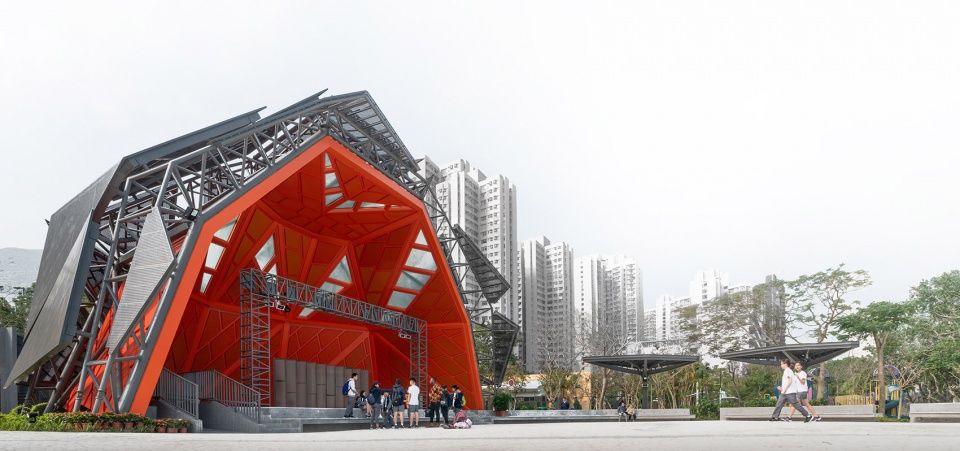
▼舞台顶部标准化组件,View of top of Main Stage
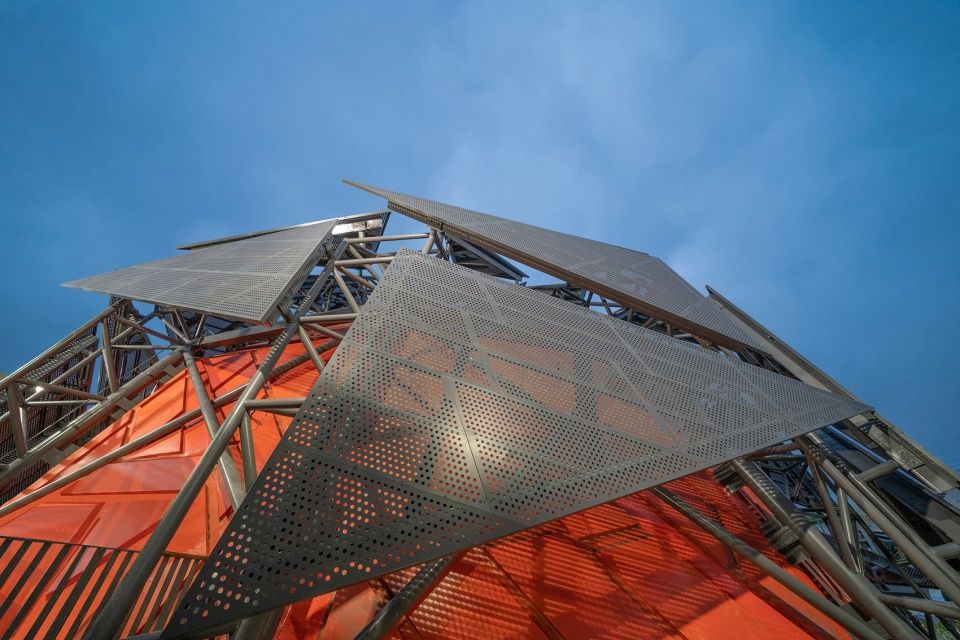
创新和可持续性 | Innovation and sustainability
该项目是香港首个使用自动声控系统的项目。扩音器和声音监听器接收到的信号被传输至声音限幅器,该设备将自动降低输出的音频信号,以确保产生的噪音在可接受范围之内的同时保证声音质量不变。与传统的手动声控系统相比,该系统更加精确、反应更加迅捷。
It is a pioneer project in Hong Kong by adopting the Automatic Sound Control System. Signals from amplifiers and sound monitor receivers are sent to sound limiter which automatically drops the sound output to ensure the noise level is within an acceptable range while ensuring the quality of the sound would not be compromised. It allows precise and prompt response comparing to traditional manual sound control.
▼广场另一端向上伸展的亭子,the stretch-out pavilion on the Square
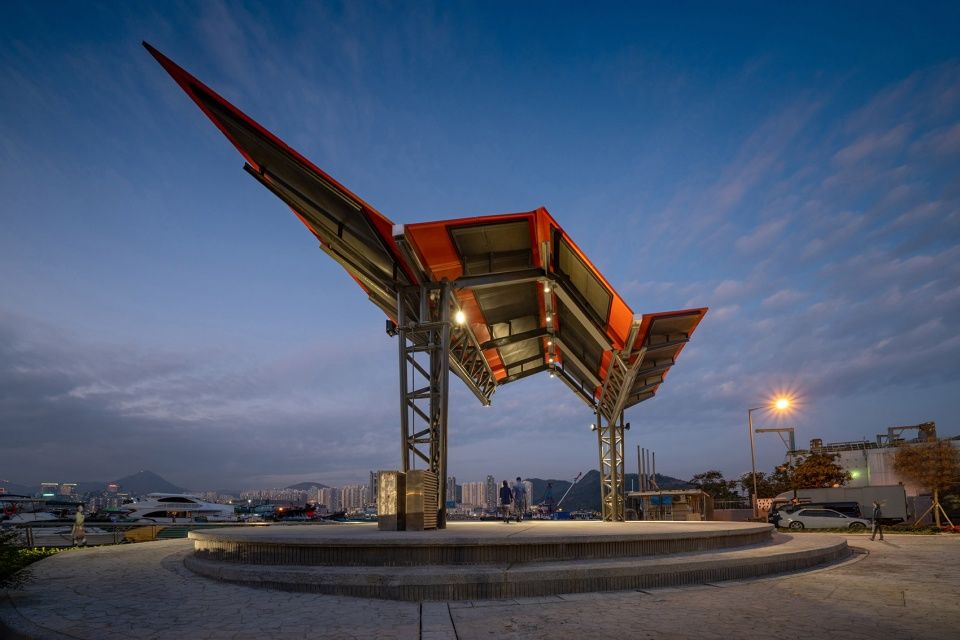
城市设计与社区更新 | Revitalization and Urban Design
该广场与谭公庙相邻,曾是一块偏僻的滨水区,土地贫瘠且难以到达,荒芜而人迹罕至。从城市设计的角度出发,街道文化广场增强了该地区的渗透性和连通性。它注定会成为各行各业的热门场地,包括本地的谭公诞庆典和舞龙舞狮表演,另外还包括流行音乐会、粤剧演出、学校活动和狂欢节等。街道文化广场通过“改变传统”,引入公共空间,振兴和激活了港口及周边环境,使其成为一个充满活力的地方。
▼谭公诞庆典,Tam Kung Festival Celebration
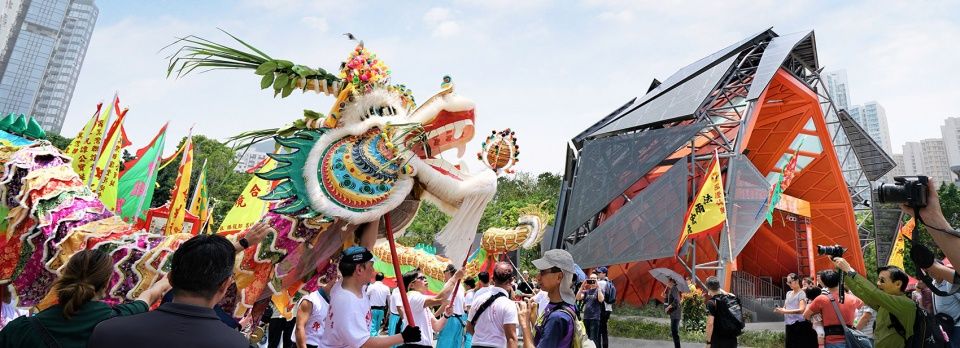
▼传统戏剧表演,Chinese Opera Performance at the Main Stage
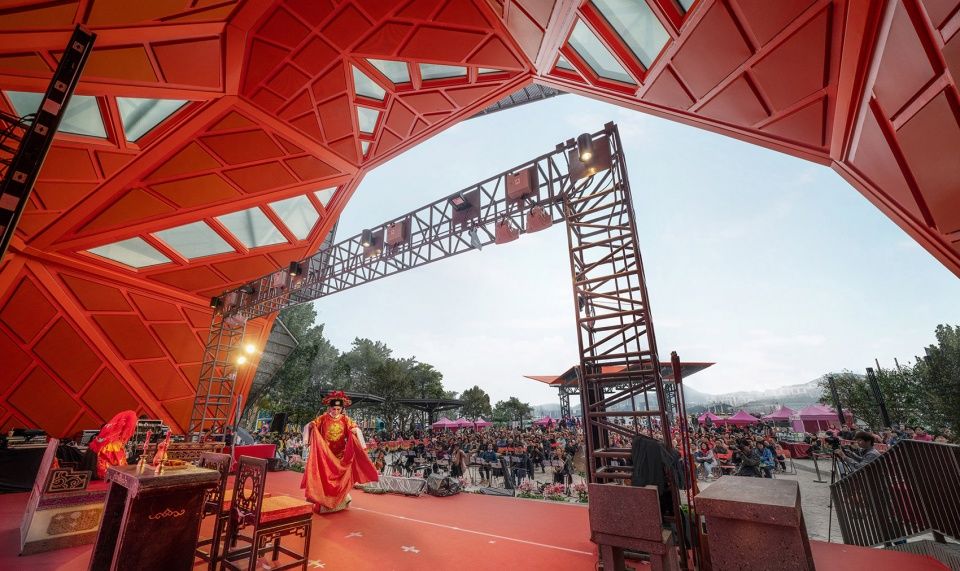
The site was once an isolated waterfront area adjacent the Tam Kung Temple. It is inaccessible, sterile and inactive with low public patronage. The District Cultural Square enhances the permeability and connectivity of the area under the urban design perspective. It destines to be a popular venue for all walks of life including principal local events like Deities’ Birthday celebrations and Dragon dance as well as wide range of initiatives such as popstar concert, Chinese opera, school events and carnival. In doing so, the District Cultural Square revitalizes and activates the harbourfront and the surroundings and transforming into a vibrant harbourfront by the introduction of the public domain through Transfiguring Tradition.
▼通向广场的花架,trellis to District Cultural Square
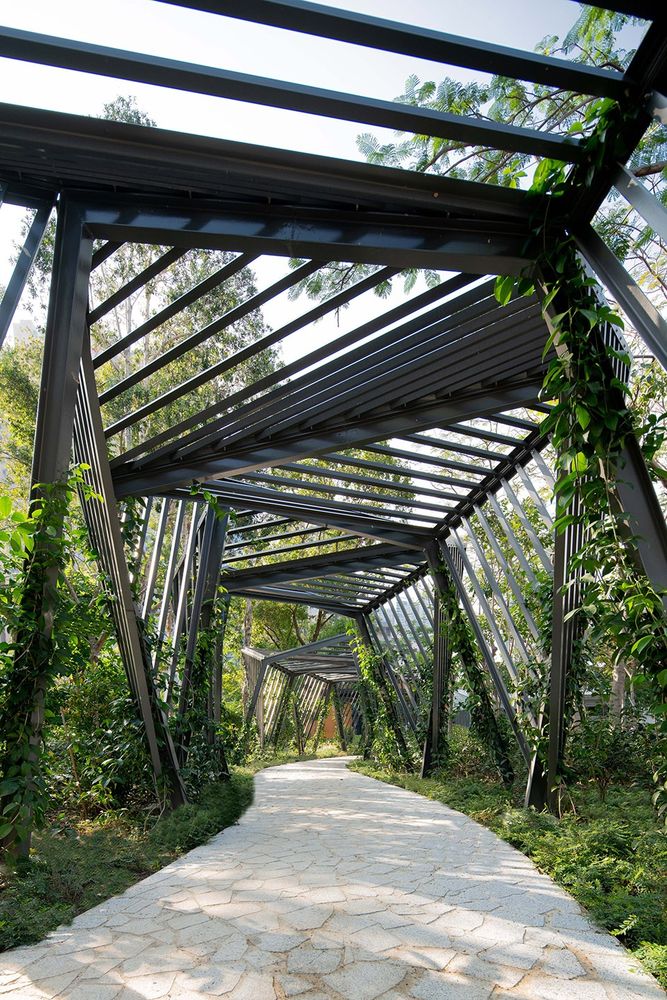
▼区位分析图,site diagram
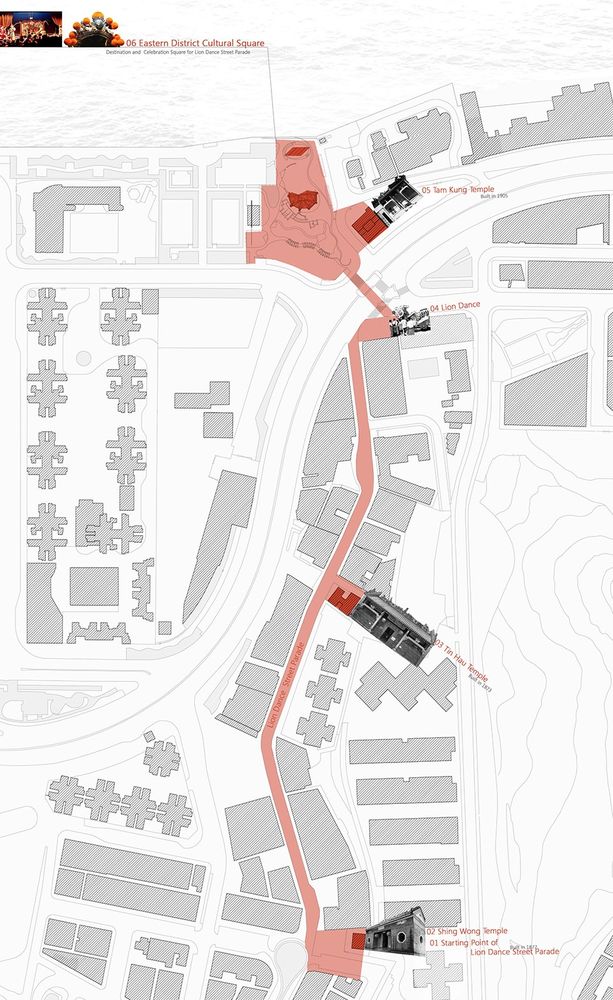
▼场地平面,site plan
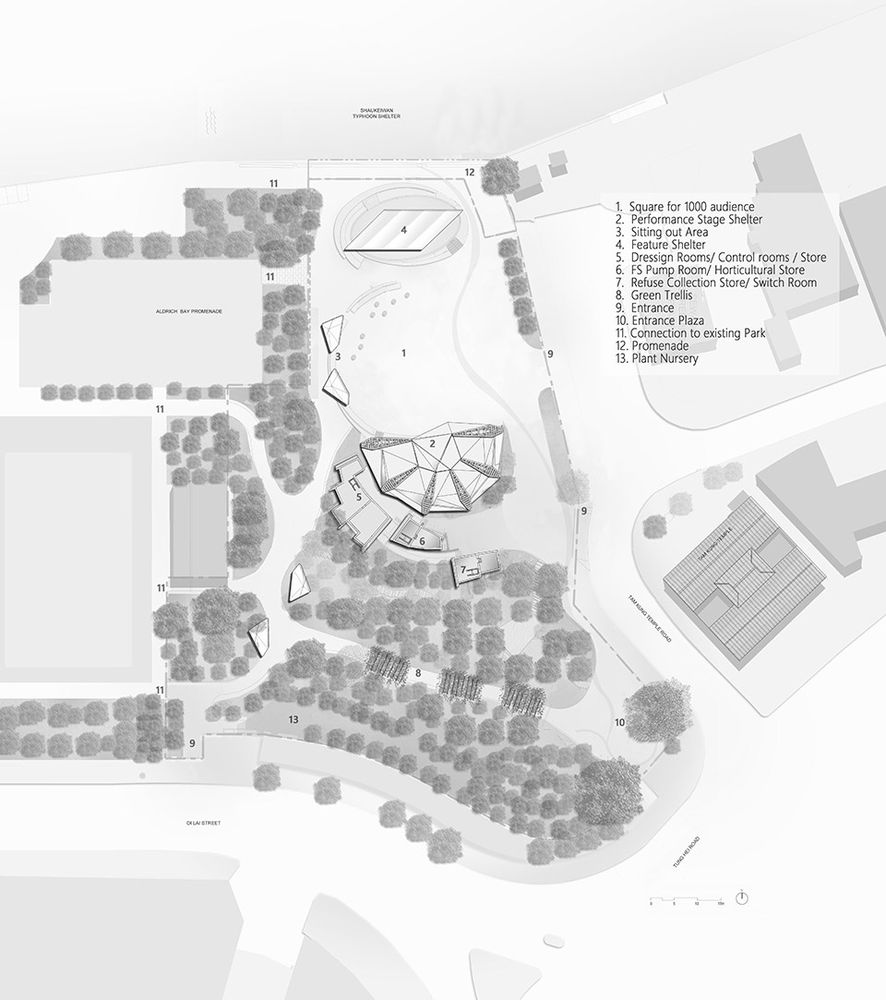
▼剖面图,section
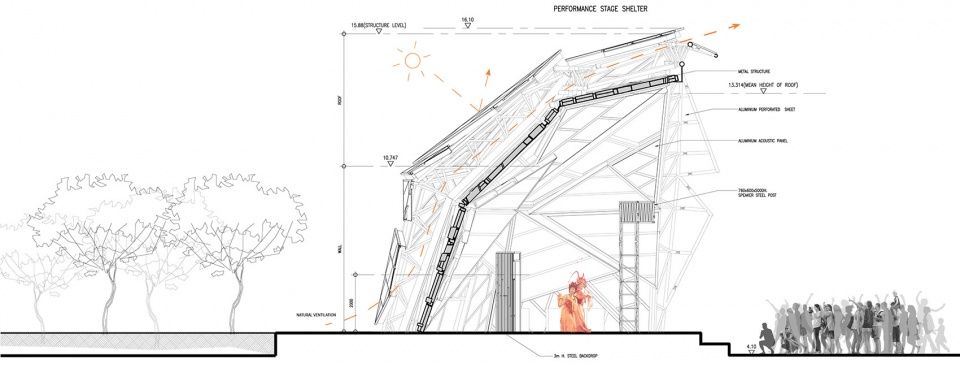
Design year & Completion Year Design Year: 2014
Completion Year: 2018
Leader designer & Team: Thomas WAN (Chief Architect); LAU Tat-ying (Senior Architect); Peter MOK (Senior Architect); Helen WONG (Architect); Dodo LAU (Architectural Assistant)
Project location: Tam Kung Temple Road, Shau Kei Wan, Hong Kong
Construction Floor Area: 740 sqm
Site Area: 4,750 sqm
Photo credits: Image 28
Clients: Home Affairs Department, Hong Kong





